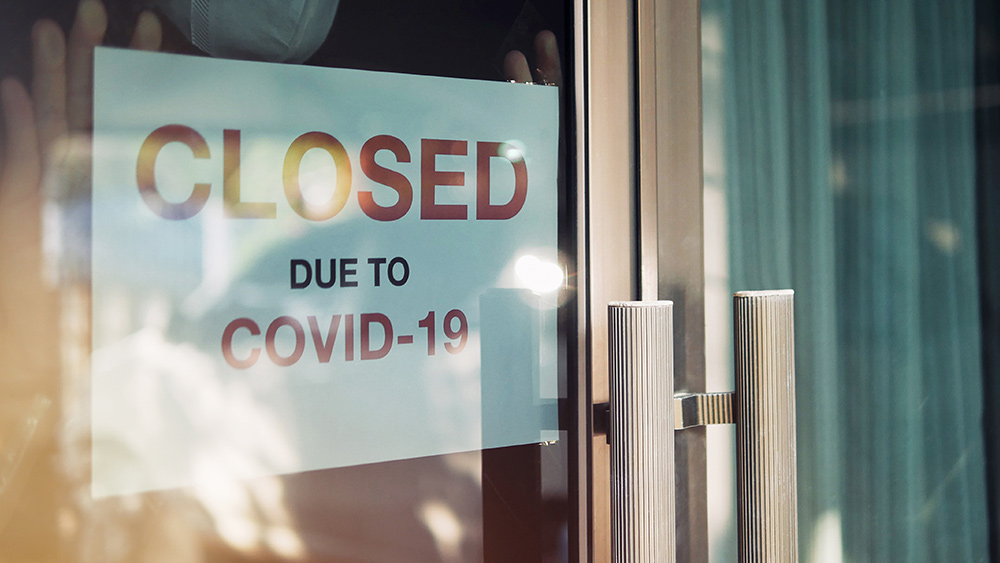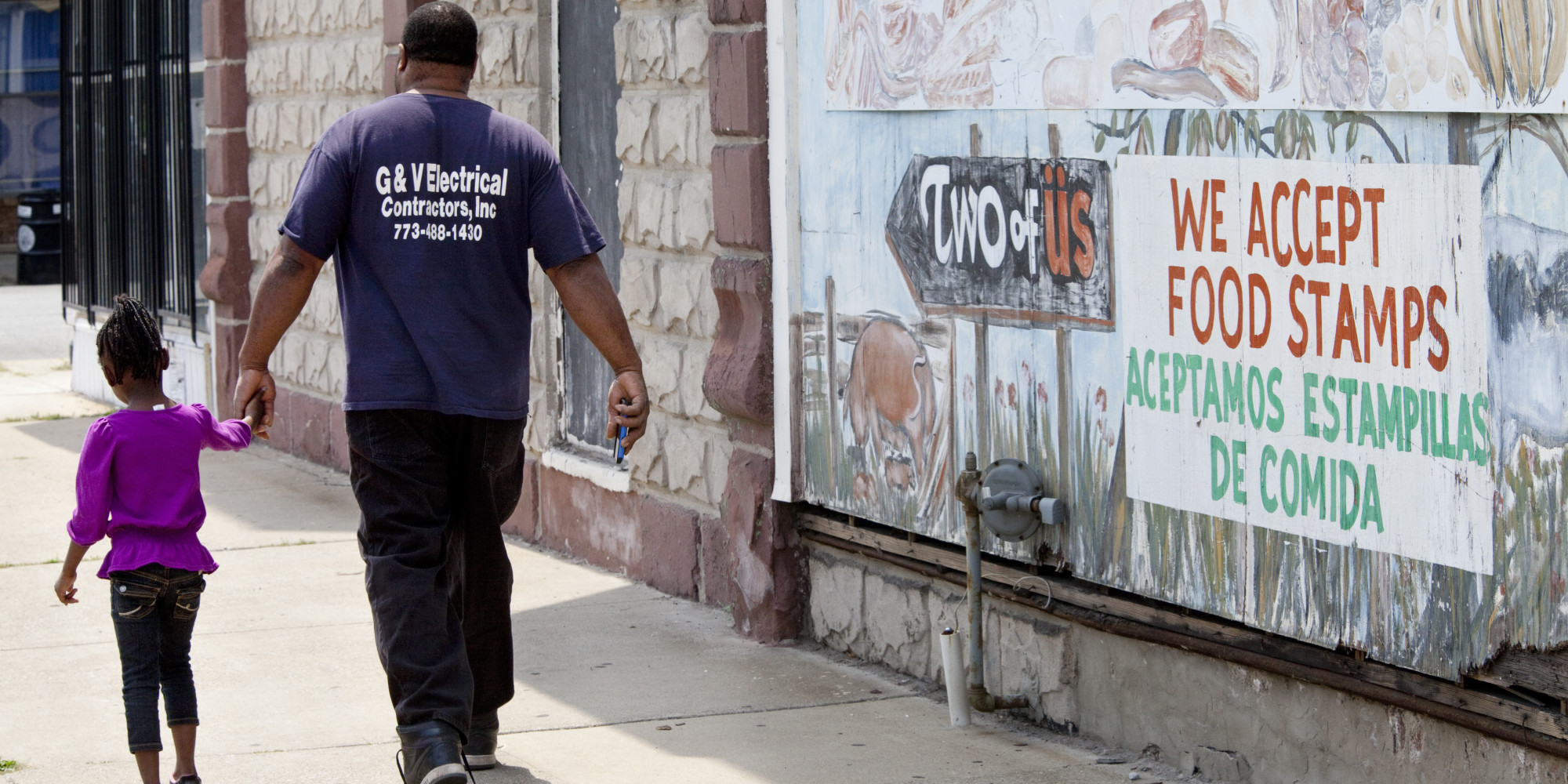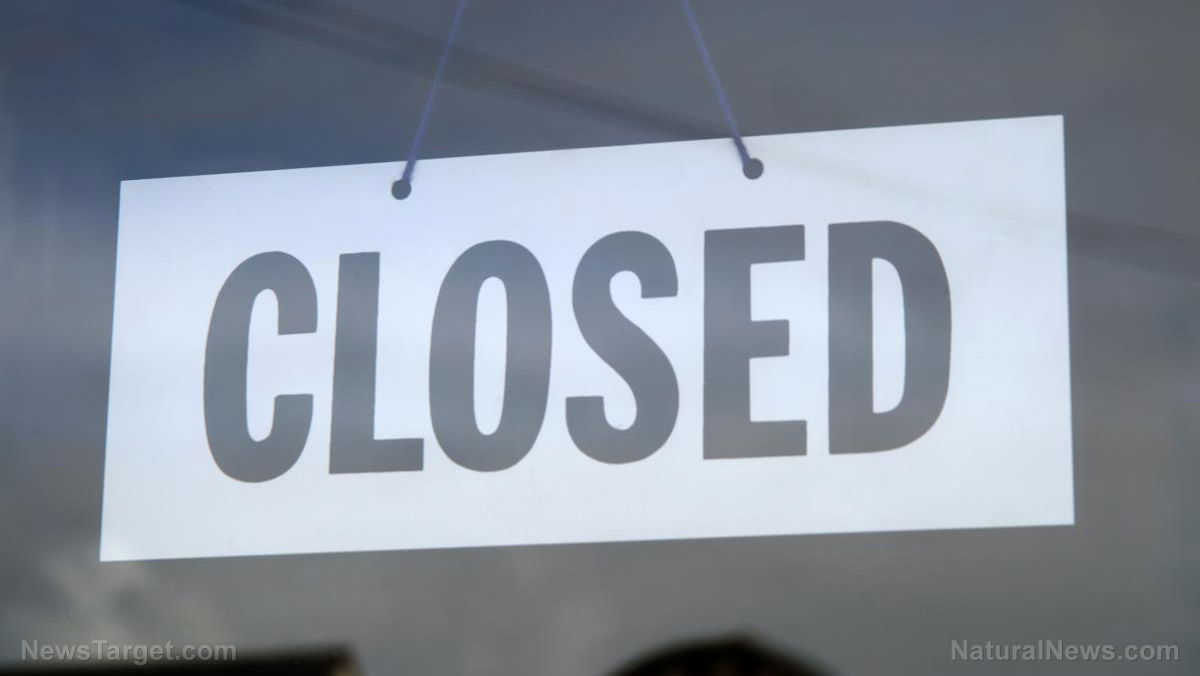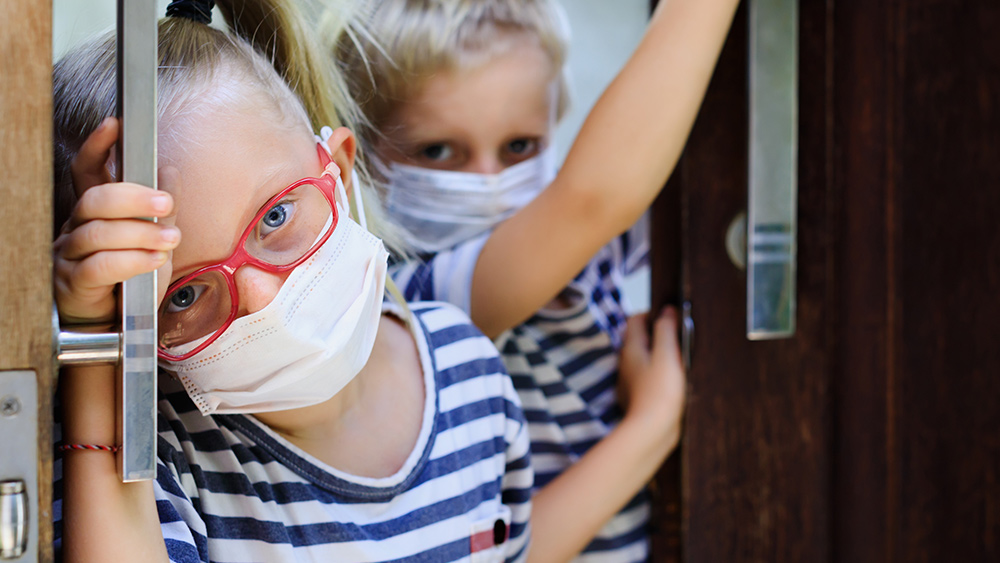
Some European countries are preparing to implement lockdown measures over a “second wave” of COVID-19 infections. The resulting lockdown orders will shut down public life and cripple the economy as a consequence. According to Reuters, world leaders face a difficult task ahead – seeking to limit the spread of the coronavirus and the damage resulting from lockdowns while waiting for a possible vaccine to usher in the new normal.
Based on Johns Hopkins University data, there are currently more than 45 million coronavirus infections worldwide, with 1.1 million deaths resulting from COVID-19.
Germany was “done dealing with exponential growth,” the country’s Federal Minister for Economic Affairs Peter Altmaier said. “The number of new infections [in Germany] is rising by 70 to 75 percent,” he added. The country was lauded for its initial response to the pandemic.
In France, Minister of the Interior Gerald Darmanin told the country to expect “difficult decisions” in the following days regarding the country's COVID-19 policy. His announcement came after France’s restrictions, the strictest in place anywhere in Europe, failed to halt the spread of the coronavirus.
The Czech Republic’s Prime Minister Andrej Babis said Oct. 27 that he would ask lawmakers to extend until Dec. 3 emergency powers vested upon him, which meant lockdown orders that shuttered Czech society will remain in place. Babis' statement came amid the Central European country's attempts to halt one of the highest COVID-19 infection surges in the continent.
Across Italy, hundreds of protesters took to the streets Oct. 26 over the latest round of restrictions, including early closing for bars and restaurants. Youths hurled petrol bombs at police in Milan, who responded with volleys of tear gas. Luxury shops in nearby Turin had their windows smashed, with some ransacked. Italian police arrested ten protesters following the unrest.
The United Kingdom’s Prime Minister Boris Johnson implemented a three-tier restriction system in early October. Tier one mandates pubs to close at 10 p.m. and maintains the ban on mass gatherings of more than six people. Tier two prohibits people from different households to mix together in an indoor setting but allows the so-called “rule of six” on outdoor meetings. Under tier three, people from different households cannot be together indoors or outdoors – save for public spaces. Pubs and bars will be closed in areas under the top-level restriction.
While European leaders yielded to fear, President Trump was barely intimidated
U.S. President Donald Trump, however, refuses to bow to mass hysteria brought about by the coronavirus. In early October, Trump had a short bout with COVID-19 days after his first presidential debate with Democratic presidential candidate Joe Biden, but has since recovered. Dr. David Samadi of the St. Francis Hospital in New York said early intervention by doctors at the Walter Reed National Military Medical Center and Trump's own optimistic framing played a big role in the president's speedy recovery.
The president tweeted Oct. 27: “Until November 4th, Fake News Media is going full on COVID, COVID, COVID. We are rounding the turn. 99.9 percent.” Trump’s Oct. 27 tweet follows his earlier posts on the social media platform calling for optimism on the part of the American people.
In an Oct. 6 tweet, Trump shared his experience with COVID-19 and exhorted his followers: “Don't be afraid of [COVID-19.] Don't let it dominate your life.” The next day, he tweeted that Americans need to learn to live with the coronavirus in the same way as the influenza virus. He added: “Are we going to close down our country? No, we have learned to live with it, just like we are learning to live with [COVID-19], in most populations far less lethal!” (Related: WHO finally admits lockdowns are harmful, “doubling” global poverty.)
Data from Johns Hopkins University also indicated that the U.S. has the highest COVID-19 caseload at 9 million, with 228,668 fatalities and 3.5 million recoveries.
Despite these dismal figures, Samadi said Trump’s optimistic framing is trying to send a message that the U.S. is the “strongest country in the world” despite the threat of the pandemic – a sliver of hope in fearful times.
Find out more news about lockdowns and other measures to address the spread of the coronavirus at Pandemic.news.
Sources include:
Please contact us for more information.





















